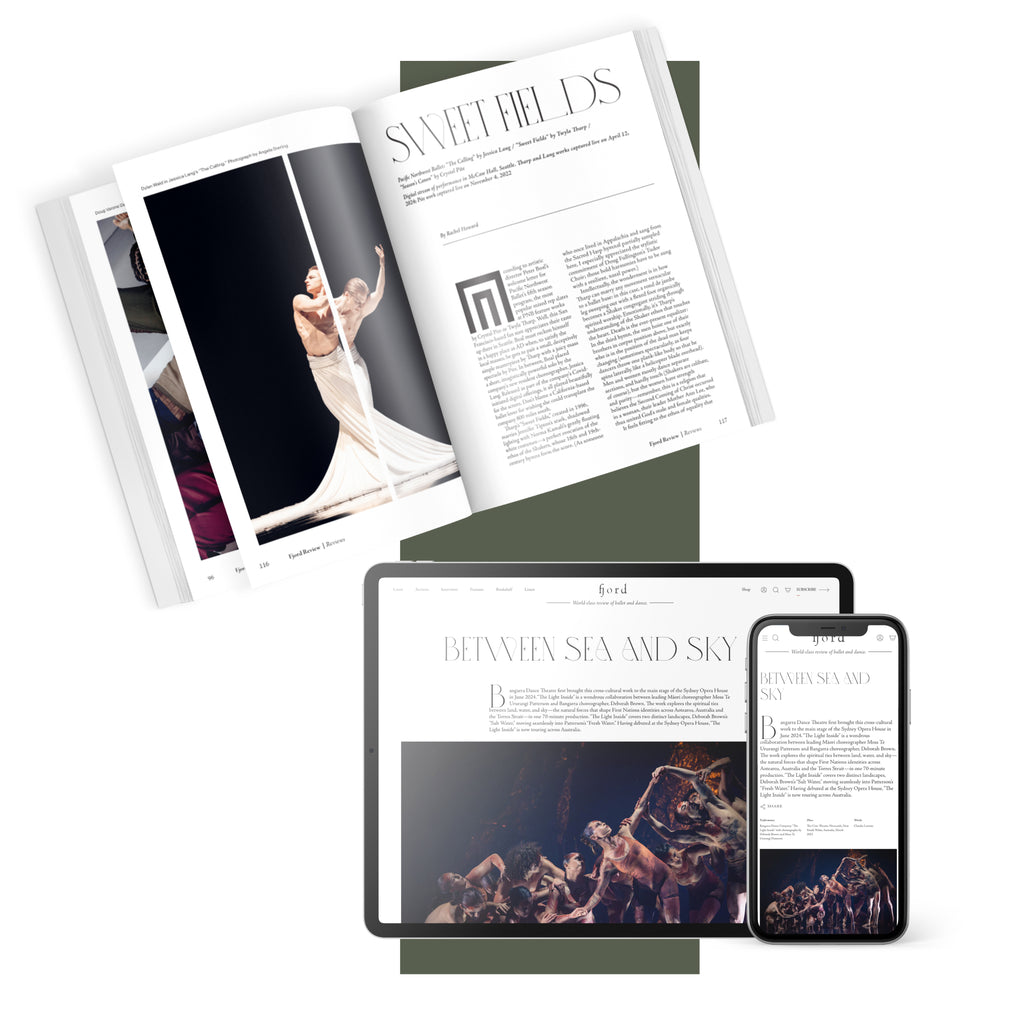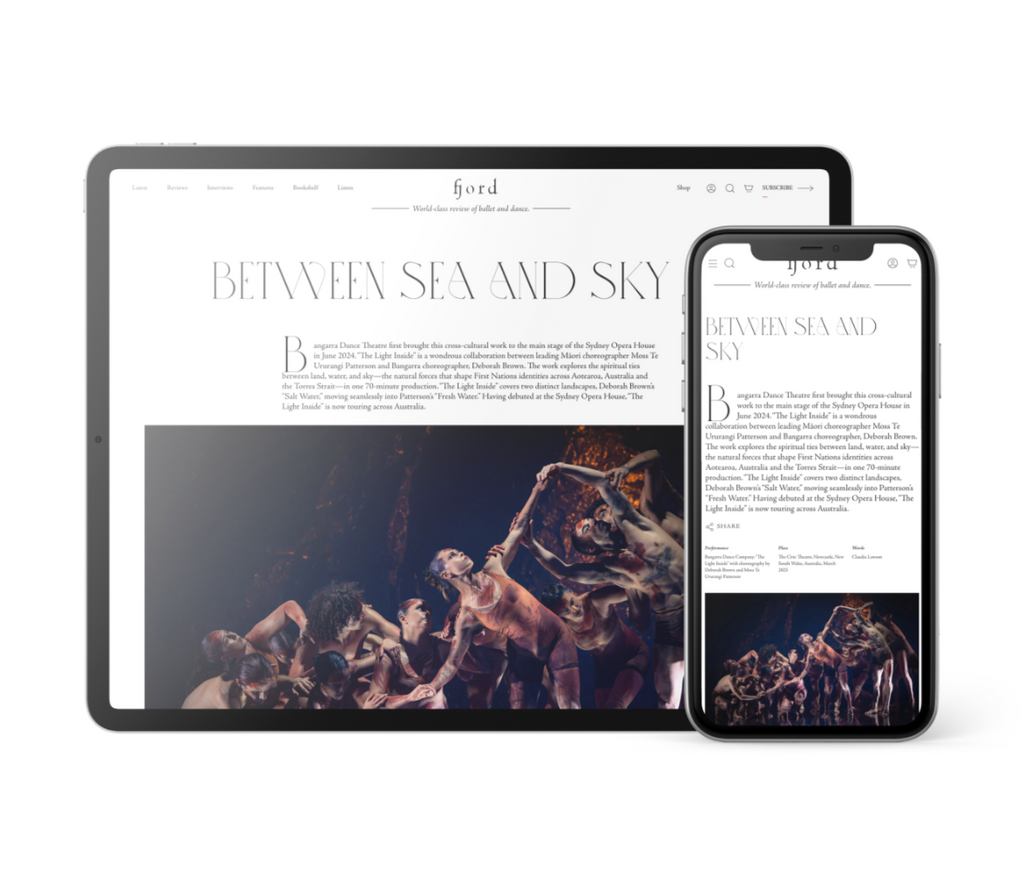Float like a Butterfly
Sans tutu or pointe shoes, New York Ballet principal Sara Mearns delivered a knock-out punch in her 20-minute solo, “Zebra.”
Continua a leggere
World-class review of ballet and dance.
Like many great roles, Balanchine’s Apollo is a character in constant evolution. Every male dancer who steps into it brings, or at least attempts to bring, something of himself. Some approaches, like Peter Martins’s in the 1970s, seem to stay around longer, becoming models for those who come after. I can’t count how many cool, long-limbed, Nordic types I’ve seen in the role, most memorably David Hallberg at American Ballet Theatre and then the extremely solemn Chase Finlay, who would later get into trouble for his bad behavior and leave the profession altogether.
Performance
Place
Words



“Uncommonly intelligent, substantial coverage.”
Your weekly source for world-class dance reviews, interviews, articles, and more.
Already a paid subscriber? Login

Sans tutu or pointe shoes, New York Ballet principal Sara Mearns delivered a knock-out punch in her 20-minute solo, “Zebra.”
Continua a leggereJapan Society’s Yukio Mishima centennial series culminated with “Mishima’s Muse – Noh Theater,” which was actually three programs of traditional noh works that Japanese author Yukio Mishima adapted into modern plays.
Continua a leggereThroughout the year, our critics attend hundreds of dance performances, whether onsite, outdoors, or on the proscenium stage, around the world.
Continua a leggereOn December 11th, the Alvin Ailey American Dance Theater presented two premieres and two dances that had premiered just a week prior.
Continua a leggere
To follow this comment about D’Amboise. In the film, Balanchine’s Classroom, D’Amboise talked about his first time as Apollo, when he confided some anxiety to Balanchine who then talked him through and explained his ideas about the role. Oh, to have been a fly on the wall.
Nice review of a stellar program! Many wonderful Apollos indeed, each with distinct individuality. Your description of Roman’s approach and the special moments you cited make me almost see it, and wish I could have! Going back a bit farther, Jacques D’Amboise was definitive in the role during his era, and taught the ballet to me for his traveling concerts. I never performed it with NYC Ballet, but of course have enjoyed and revere those who have successfully delivered all roles in the ballet for the company. I treasure having a depth of knowledge about it.